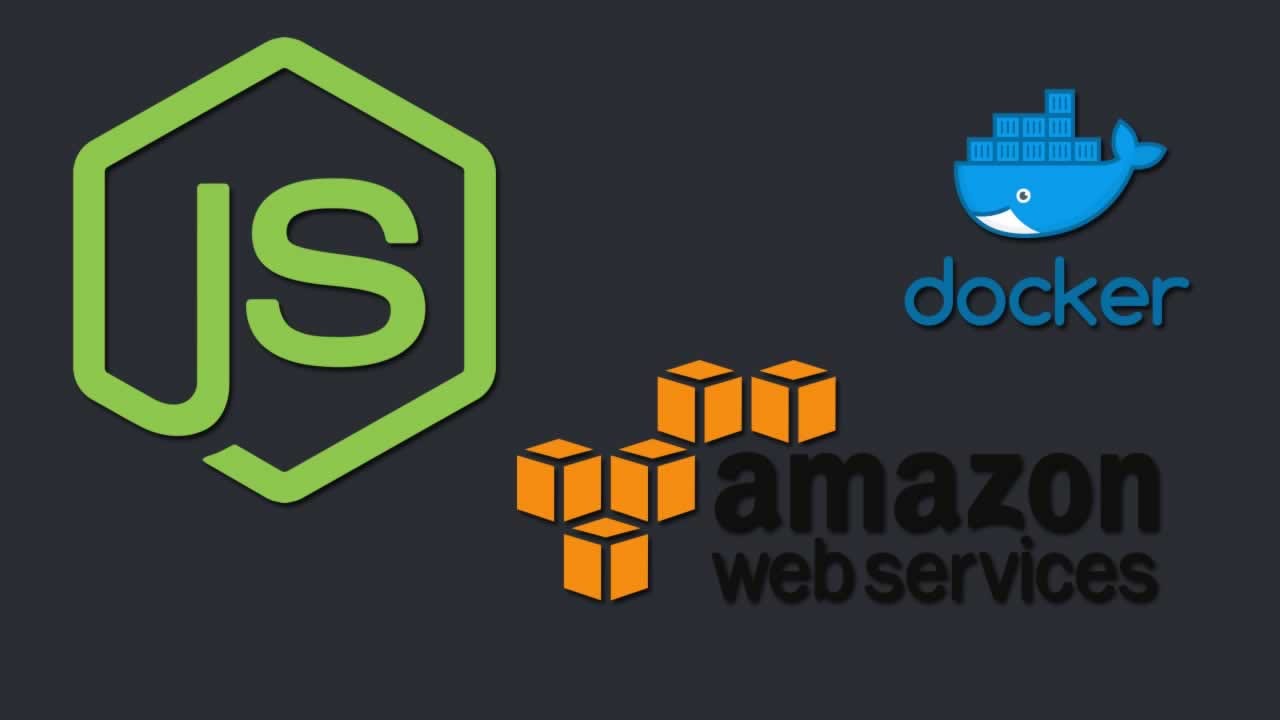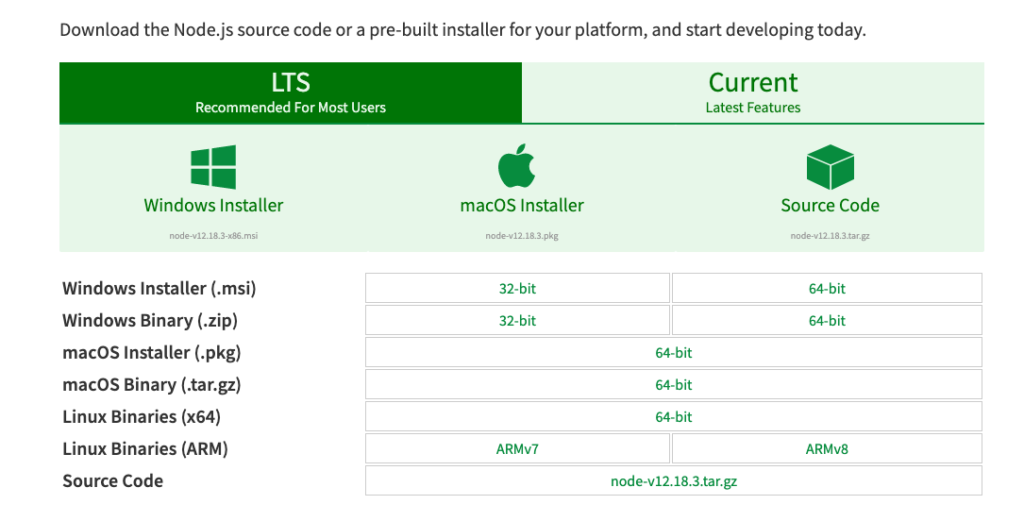
- #How to set up node js mac how to
- #How to set up node js mac install
- #How to set up node js mac update
- #How to set up node js mac software
- #How to set up node js mac code
These are the versions that are consistently tested and supported by the Node.js build process at the time of writing. This guide covers installing Node.js on the following versions of OS X and macOS: OS X 10.10 (Yosemite), OS X 10.11 (El Capitan), and macOS 10.11. Once we've completed the entirety of the tutorial, you'll be ready to take the next step with Node.js.
#How to set up node js mac how to
In this quick tutorial, we'll take a quick look at how to get Node.js on macOS. With Node.js, the only initial setup required is, quite simply, getting the binary installed. Step 4: We will combine both the steps in a file hello.Just like any programming language, platform, or library, getting up and running with Node.js takes some initial setup before you can start hacking away. Step 3: Create a hello.js file using the following command: $ nano hello.js

#How to set up node js mac code
The above code is sufficient to set up an HTTP server that listens on the local machine over 8081 port.

Pass a function with request and response parameters. We will print Hello World! http.createServer(function (request, response) ) Step 2: To build a server instance, use the created http instance and call http.createServer() and connect it to port 8081 through the servers instance. Step 1: In order to load the http module and store the returned HTTP instance in a http variable, we use the directive: var http = require("http") Let's create a simple program "Hello, world." This ensures that our environment works and that you can build and run a Node.js program conveniently. While you don't see them, the machine records your keystrokes, so once your password has been entered, click the RETURN key. When CURL downloads the script, the Ruby-interpreter starts the Homebrew installation process, which ships with macOS.ĭuring the operation, you will be asked to enter your password.
#How to set up node js mac install
Step 1: Use the following command to install Homebrew: s$ /usr/bin/ruby -e "$(curl -fsSL )" The latest version of Node.js can be installed using Homebrew.
#How to set up node js mac software
The Homebrew software package management framework is free and open-source and simplifies the installation of macOS software. They manage the software in a central location and maintain all the device software packages in widely used formats.
#How to set up node js mac update
A Package Manager consists of a series of software tools that automatically install, configure and update the software. Though there are a lot of features in the command line interface of macOS, Linux and other Unix systems do not have a decent package manager. Npm -v Using homebrew to install and update Node.js Step 4: Verify the installation of Node.js and npm by using the following commands on the terminal: node -v Therefore, you can just click on macOS installer, which will download the Node.js installer, if the LTS tab is highlighted in dark green. By highlighting the field on the first tab, you can move between LTS and current versions.

Current versions (Latest LTS 14.16.1) are more experimental and include the new functionality, which cannot be completed or crashed from time to time. LTS versions are refined and bug-free, and are sufficient for most daily users. Node.js updates comprise two types, long-term support (LTS) and new releases. Step 1: Visit the Node.js website to update your Mac platform with the built installer. In this article, we are going to look at three different ways to install Node.js on macOS. On the Homebrew website, you can find out more about Homebrew. It readily allows the installation of most open-source software (like Node).



 0 kommentar(er)
0 kommentar(er)
